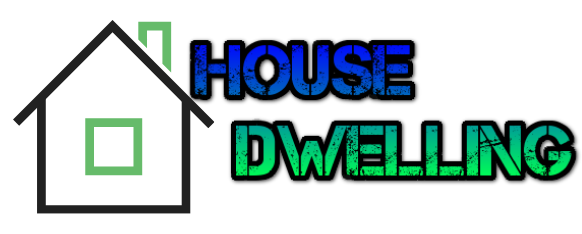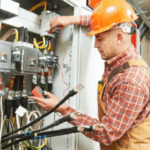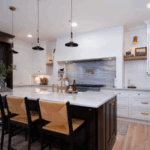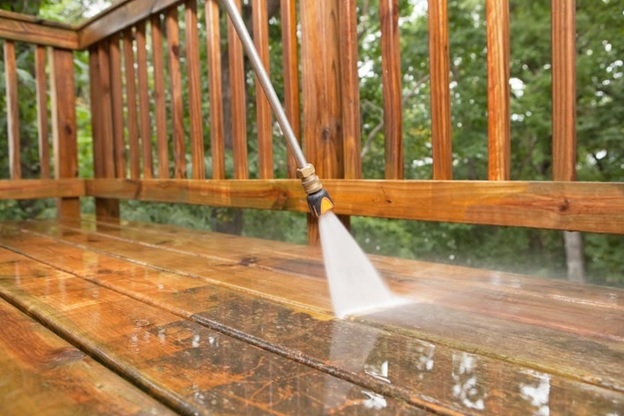The housing industry has undergone a remarkable transformation, and at the forefront of this change is the prefabricated (prefab) home. Once considered a cost-effective and temporary solution, prefab housing has evolved into a modern, customizable, and sustainable way to build. The story of prefab homes—from early factory kits to personalized, eco-friendly living spaces—highlights progress in design, technology, and the way we think about home construction.
Early Beginnings: Affordable and Efficient Solutions
The origins of prefab homes go back more than a century, emerging from the need for quick and affordable housing.
- In the early 1900s, “kit homes” were shipped in pieces for easy assembly on-site.
- After World War II, prefab construction helped meet massive housing demands for returning soldiers and workers.
- These early designs focused mainly on affordability and speed, often lacking aesthetic appeal or customization.
Prefab homes were initially seen as temporary or utilitarian, but they set the stage for future innovation in construction methods.
Technological Advances: Precision and Quality Control
The modern prefab revolution began with advancements in manufacturing and digital technology.
- Computer-Aided Design (CAD) and 3D modelling allowed precise component production.
- Factory-based construction improved quality control by reducing weather-related delays and material waste.
- New materials such as steel frames, composite panels, and high-performance insulation enhanced durability and comfort.
These innovations turned prefab housing into a high-quality alternative to traditional construction, offering efficiency without compromising on style or structural integrity.
Customization and Flexibility in Design
Today’s prefab homes offer unprecedented flexibility in both layout and aesthetics. Homeowners can choose:
- Custom floor plans suited to individual lifestyles and family needs.
- A wide range of finishes, colors, and materials.
- Options for modular expansion—adding rooms or levels as needed.
- Smart home integrations and energy-efficient technologies.
This shift toward mass customization allows each prefab home to be unique, combining the precision of factory manufacturing with the creativity of architectural design.
Sustainability: Building a Greener Future
Sustainability has become a defining feature of modern prefab construction.
- Factory-built processes reduce material waste and carbon emissions.
- Many homes are equipped with solar power systems, rainwater harvesting, and energy-efficient insulation.
- Controlled indoor construction environments minimize resource consumption.
- Prefab modules can be relocated or repurposed, extending their lifecycle and reducing environmental impact.
Prefab homes now serve as models of eco-conscious living, promoting greener building practices and long-term cost savings.
Benefits of Modern Prefab Homes
1. Speed of Construction:
Build time is significantly shorter than conventional housing.
2. Cost Efficiency:
Reduced labor and material waste, lowering overall project expenses.
3. Quality Assurance:
Controlled factory environments ensure consistency and precision.
4. Energy Efficiency:
Superior insulation and design reduce heating and cooling costs.
5. Adaptability:
Homes can be expanded or relocated as needs change.
6. Contemporary Design:
Clean lines, open spaces, and modern materials define the aesthetic appeal.
These advantages make prefab homes an appealing option for modern homeowners seeking both efficiency and style.
Conclusion
From the factory floors of the past to today’s custom-designed, sustainable residences, prefab homes have come a long way. They embody the perfect blend of efficiency, innovation, and personalization, offering a vision of housing that is both practical and inspiring.
As the world continues to seek faster, greener, and smarter ways to build, prefab homes stand as a testament to how far construction technology has come—and how it is reshaping the future of modern living.








